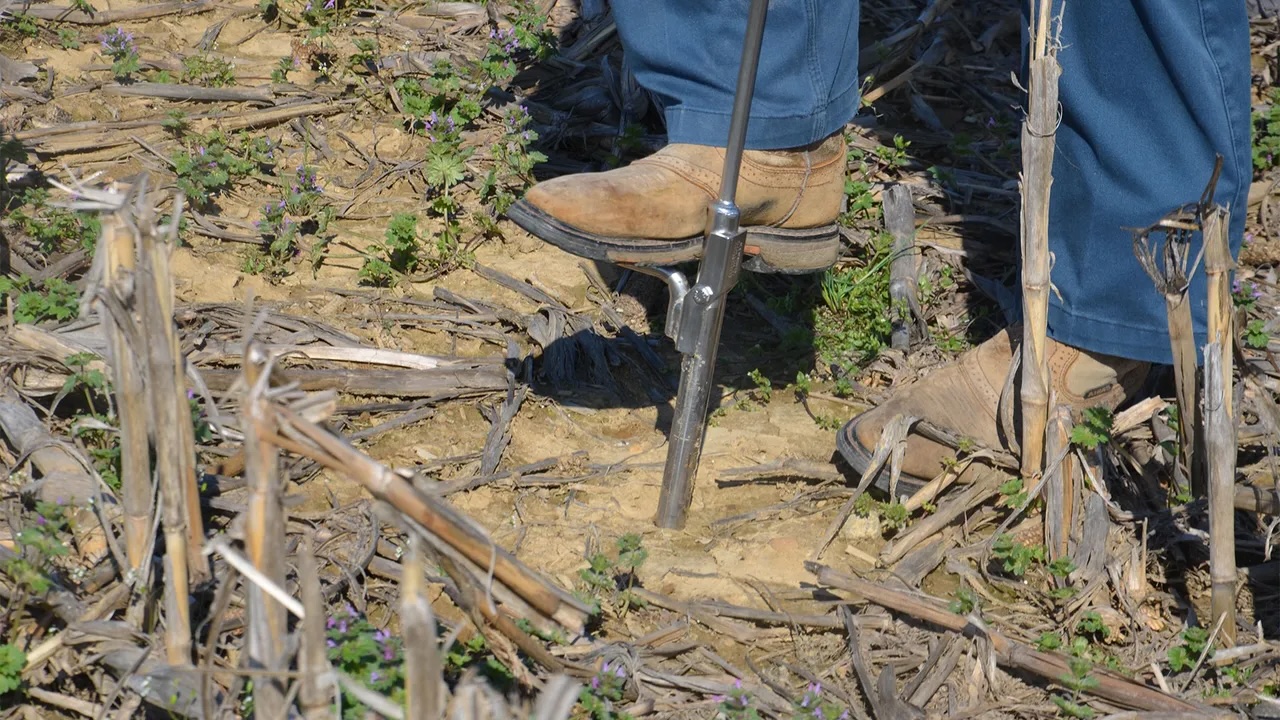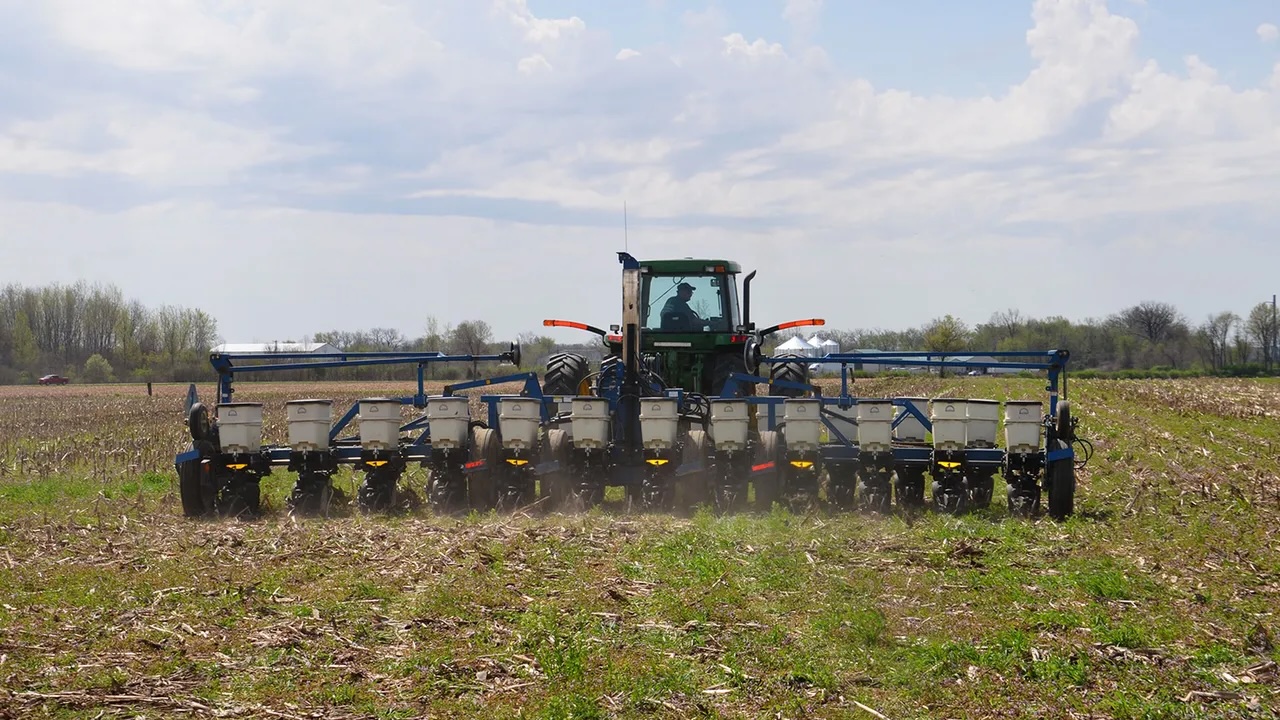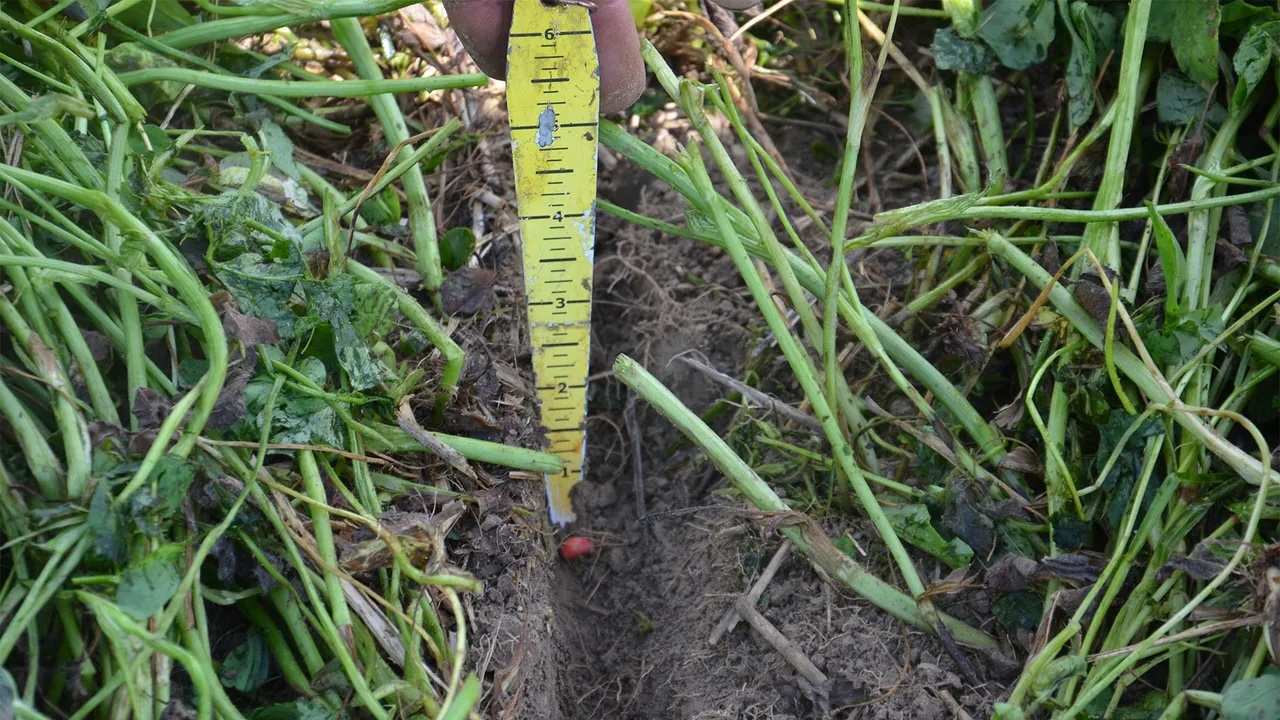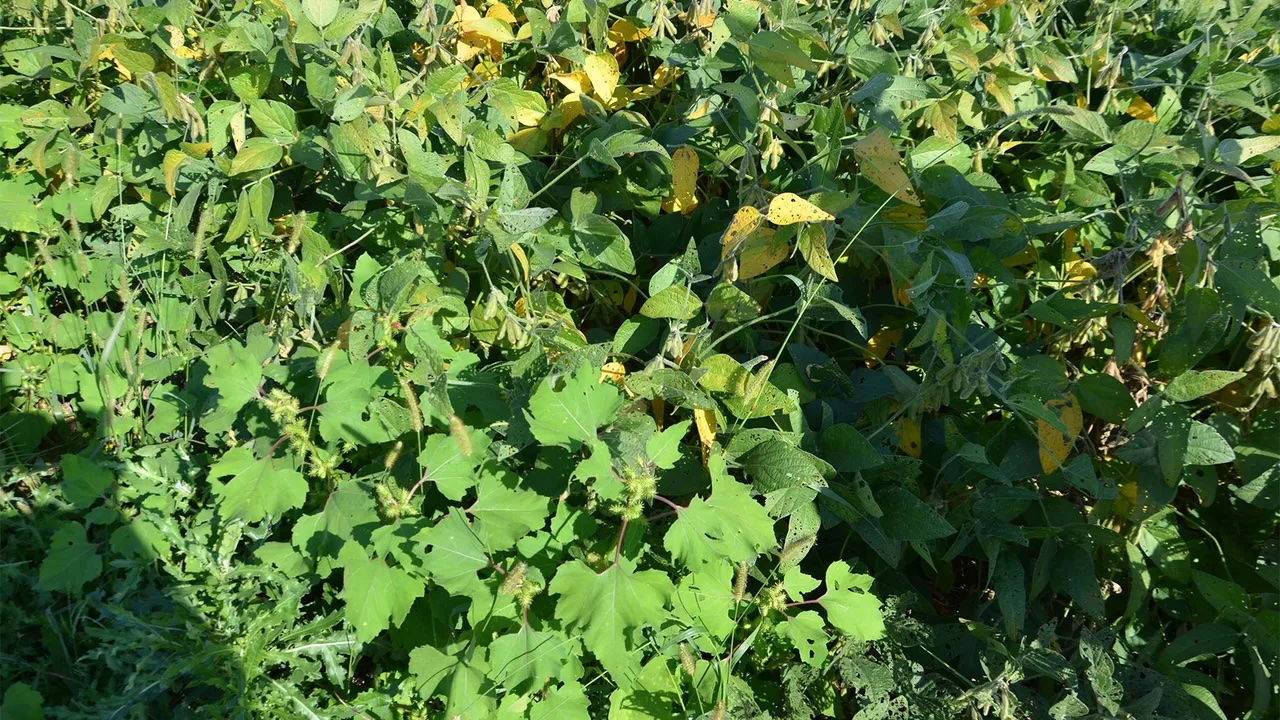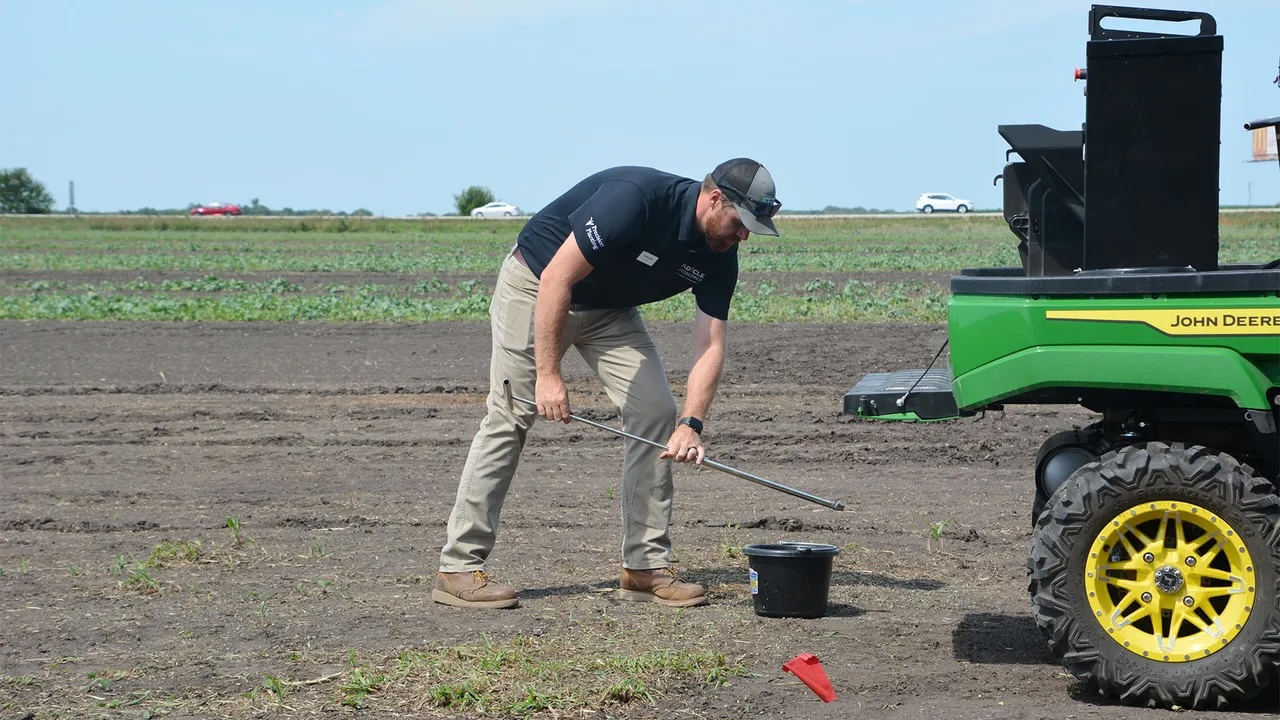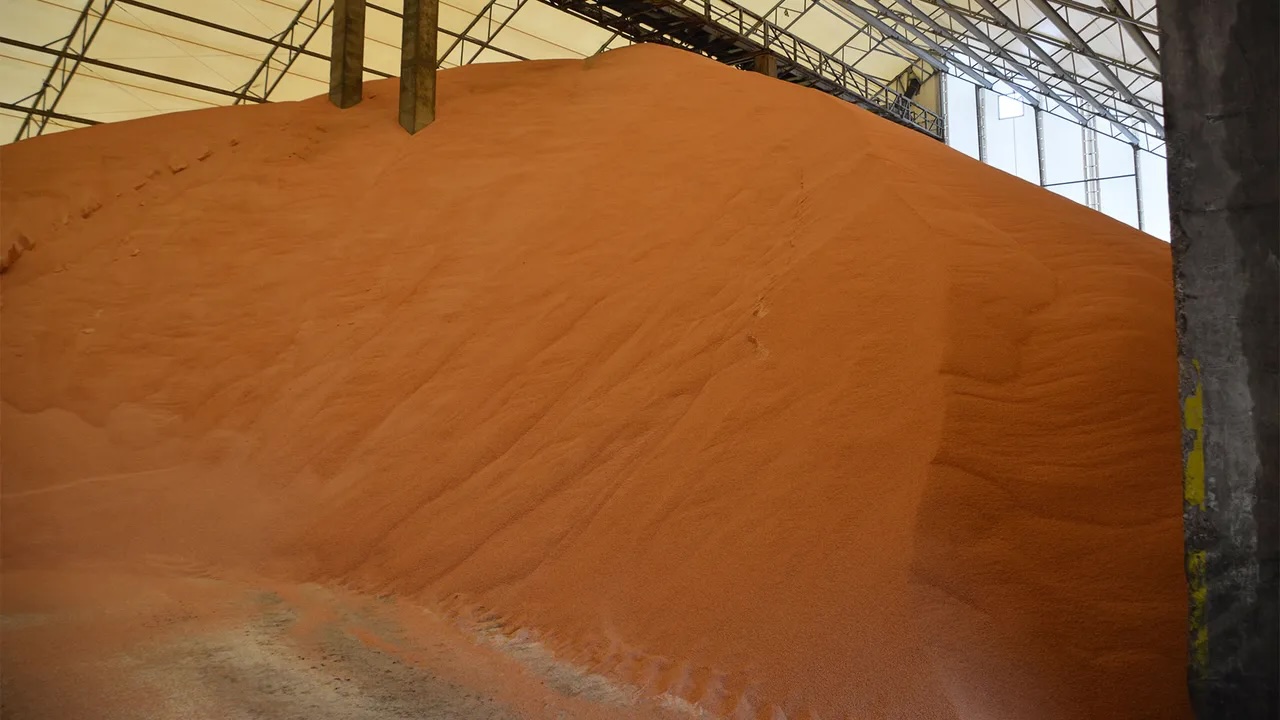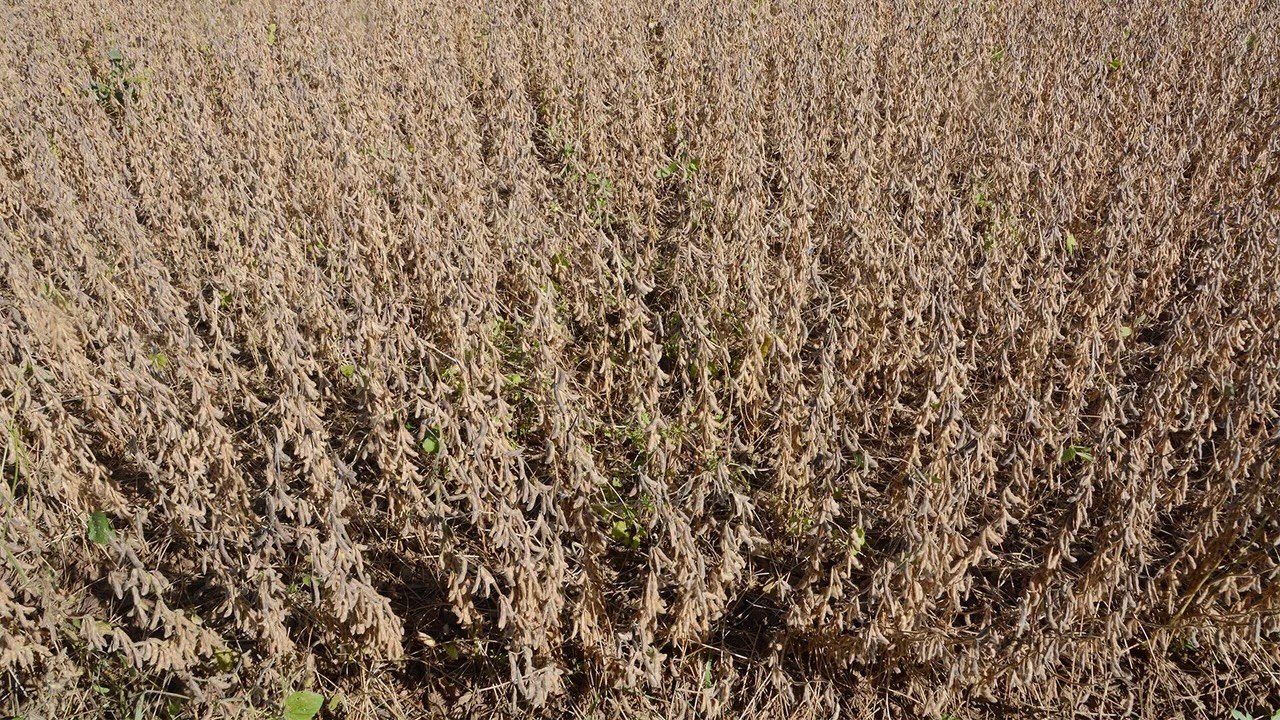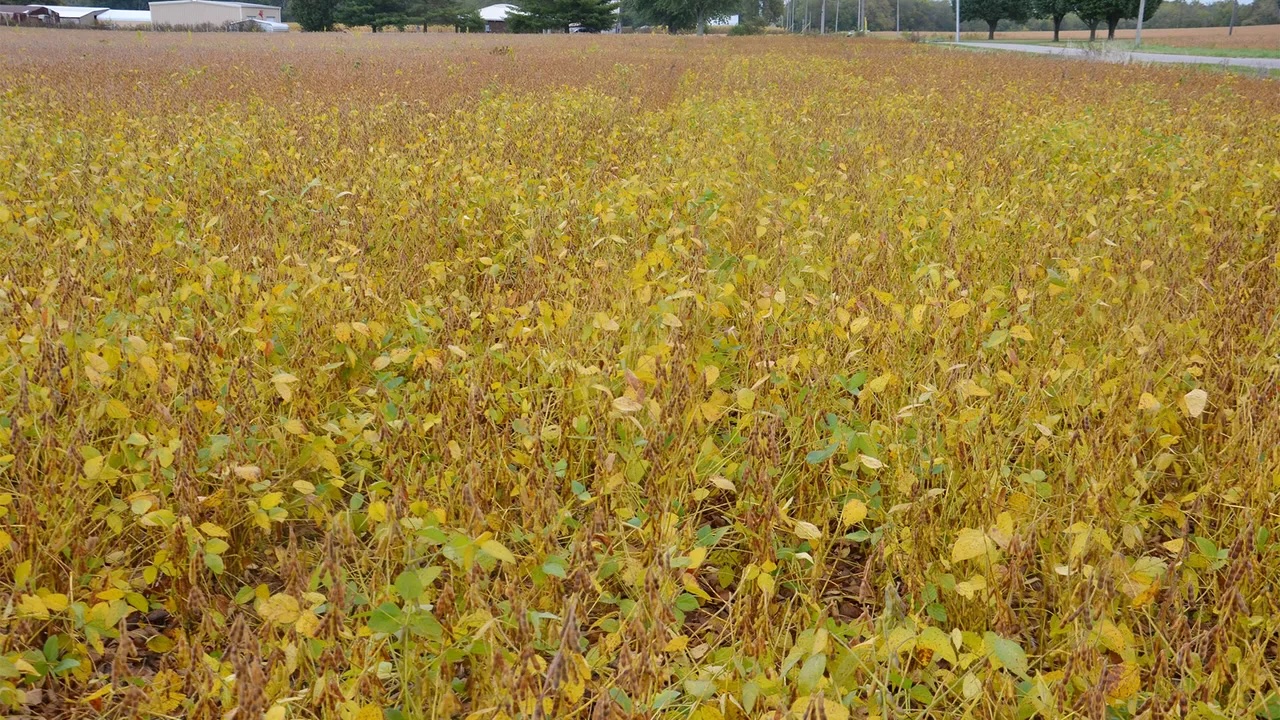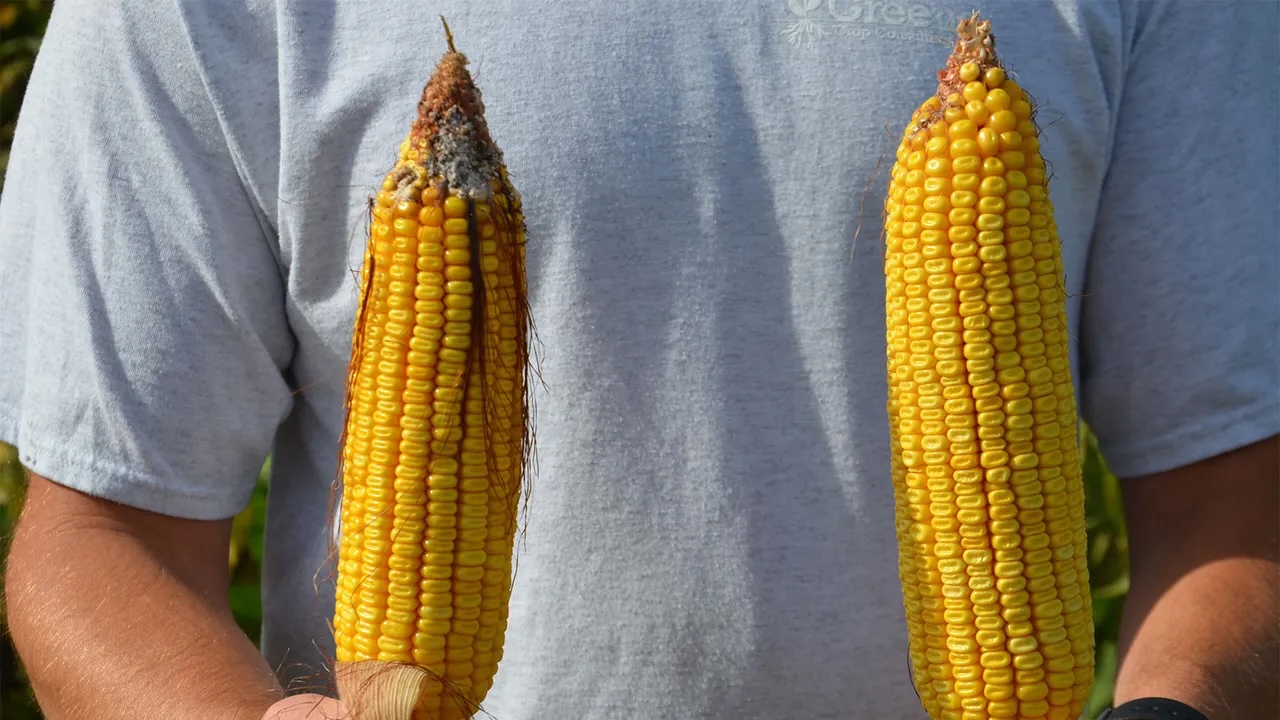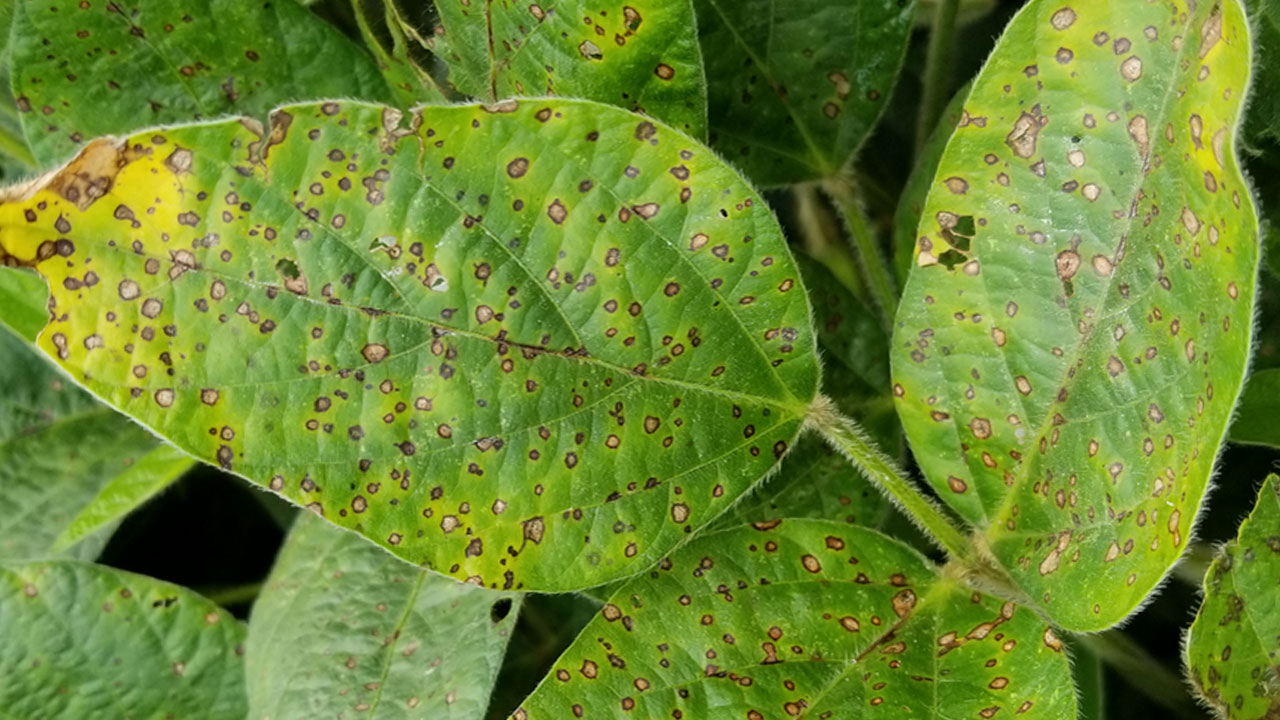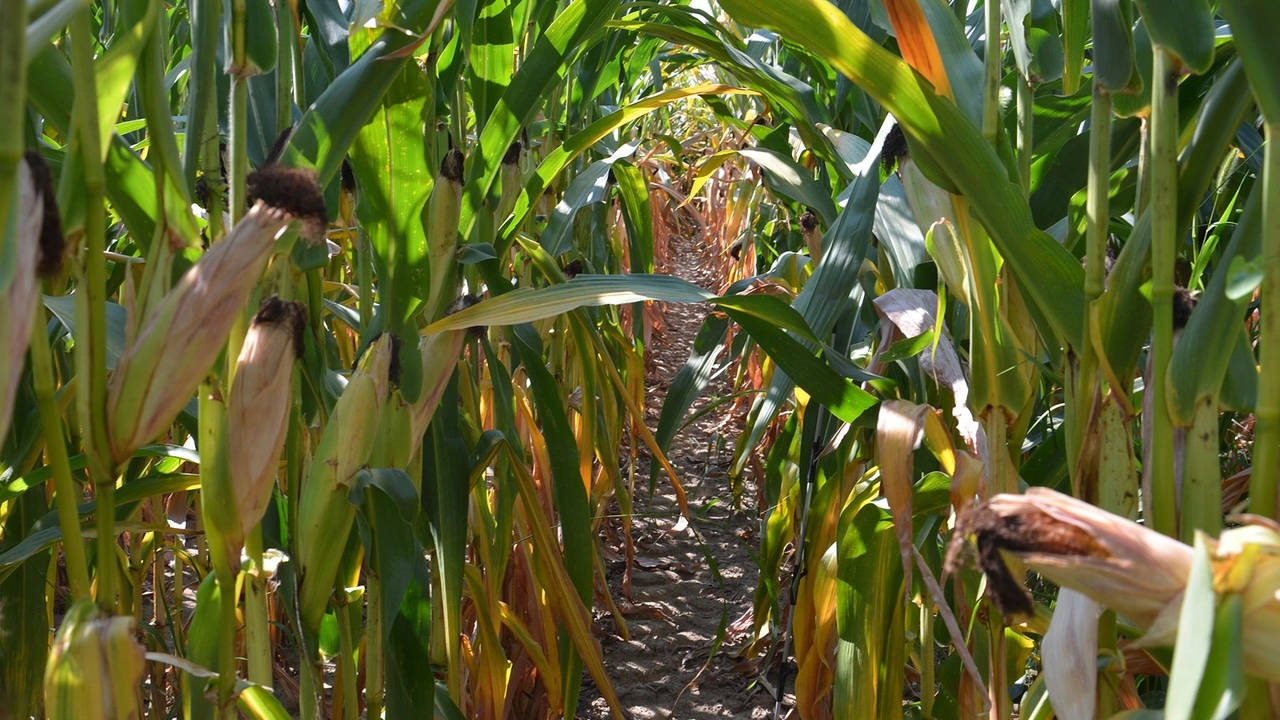Consider early harvest if facing mycotoxin problems
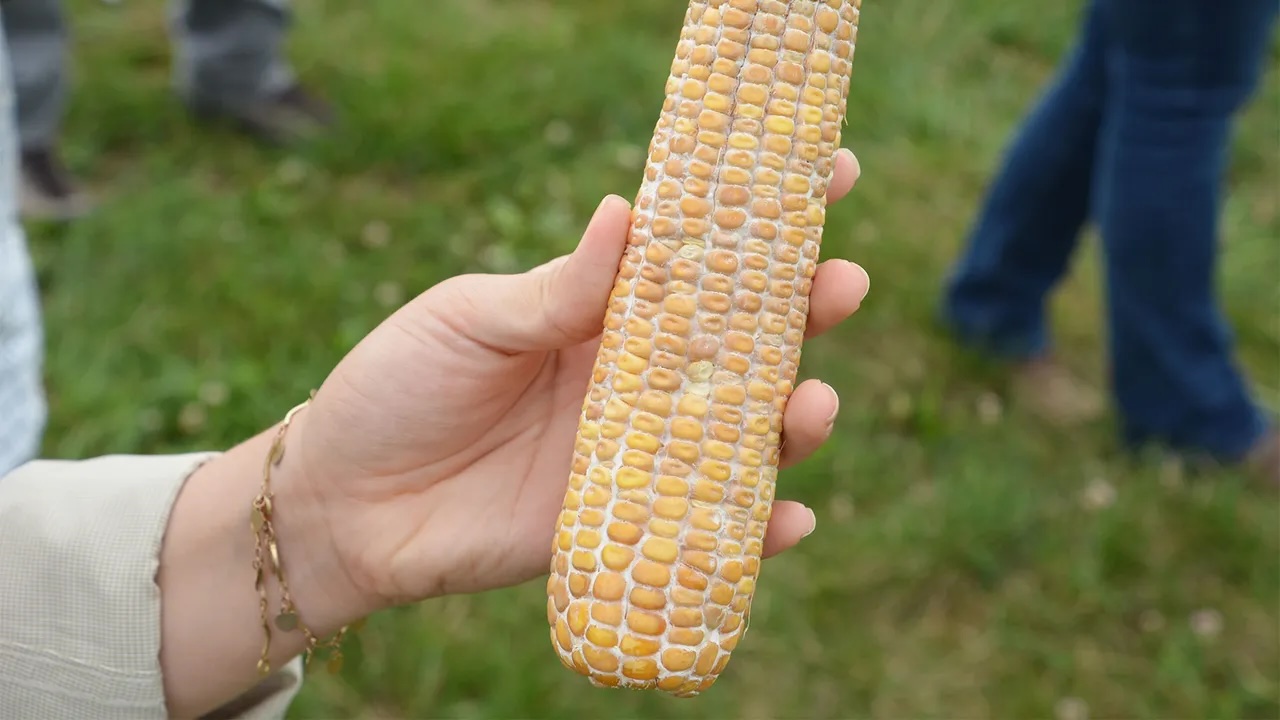
Answers are from the Indiana certified crop adviser panel: Betsy Bower, Purdue Extension senior research associate, West Lafayette; Abby Horlacher, Nickel Plate Consulting, Frankfort; Brian Mitchem, Farmer 1st Agronomy Consulting Services, Decatur; and Dan Quinn, Purdue Extension corn specialist.
I have run into problems with mycotoxins like vomitoxin lately. Is there any way to tell by looking before harvest if this will be an issue? Would it help if we harvest early and dry vs. leave it in the field?
Bower: Check fields for ear diseases and get confirmation of what diseases are on the ear from your trusted agronomic resource. Fields most at risk are those that experienced good rainfall and/or wet, humid conditions at silking and up to three weeks post-silking.
Even if you find ear disease, not all produce mycotoxins. Only gibberella, fusarium, aspergillus and penicillium ear rots can produce mycotoxins. Mycotoxins are not associated with diplodia ear rot.
If you find ear disease near harvest, that does not mean mycotoxins will develop. To limit risk, harvest corn early and dry to at least 15% grain moisture.
Horlacher: Mycotoxins are toxic compounds produced by fungi and are often linked to visible ear rot diseases. The three main mycotoxins are aflatoxin from aspergillus ear rot, fumonisins from fusarium ear rot, and vomitoxin from gibberella ear rot. To detect these diseases, pull back the husk and inspect for signs of fungal growth. If fungus is present, scout to determine how much is affected.
Harvesting early and drying can help reduce further fungal growth. However, drying does not remove mycotoxins that have already formed. Dry grain to 15% moisture or lower, and keep it in a cool, dry bin.
Mitchem: Mycotoxins have been showing up more frequently across the state. Mycotoxins infect both stalks and grain and are especially a concern when feeding livestock. They can cause feed refusal, poor growth and reproductive issues.
Vomitoxin infects the ear via the silk channel and is most active at temperatures above 80 degrees F and 80% relative humidity. Hybrids that have tighter husk coverage and slower drydown can have more vomitoxin if infected. Insect feeding on ears where wounds are created can increase vomitoxin potential. Until corn is harvested and dried, there is potential for growth of the fungus.
Remove fines as much as possible before storage and again before marketing if there is an issue.
Use of fungicides at silking is being studied at Ohio State University. Research shows reductions in mycotoxin levels with both Miravis Neo and Delaro Complete. OSU evaluates all hybrids entered in their corn performance trials for response to vomitoxin infections. The results of the OSU studies can be found at agcrops.osu.edu.
Quinn: Mycotoxin detection can be difficult outside of examining crop husks and pulling ears to examine if ear rots are occurring. In some cases, corn husks senesce earlier than normal, which can be an indication that an ear rot infection has occurred. Walk fields prior to harvest to get an idea if ear rot and mycotoxin issues may develop.
If ear rot is identified and conditions are conducive for ear rots prior to harvest, harvest and dry immediately. If the crop is left in the field, ear rots will continue to become more severe and mycotoxin issues will become worse.


